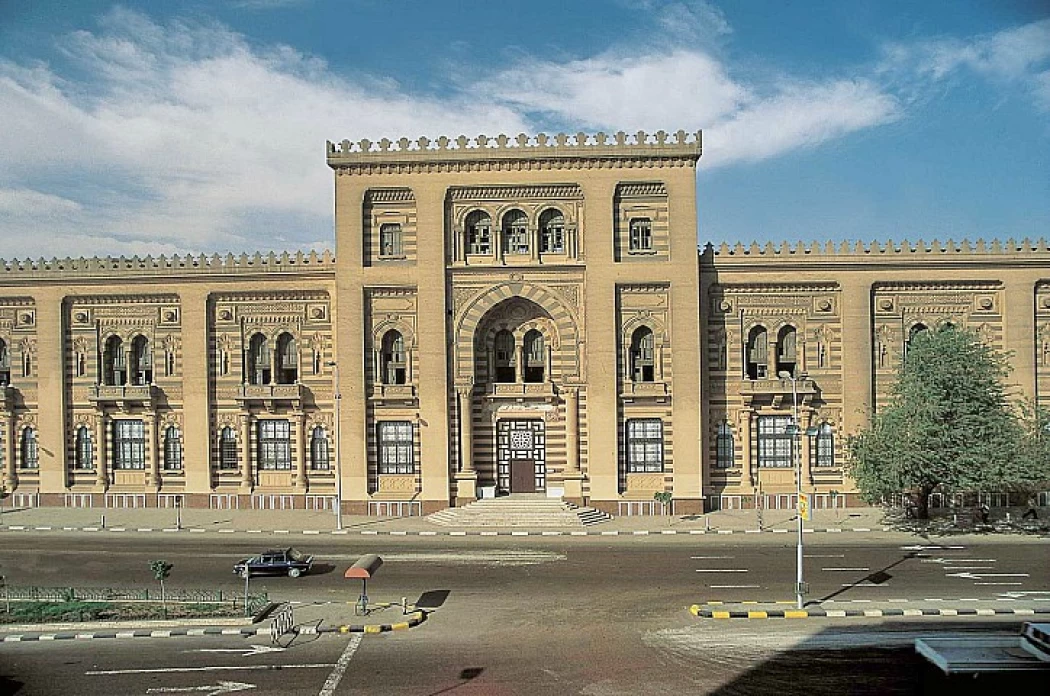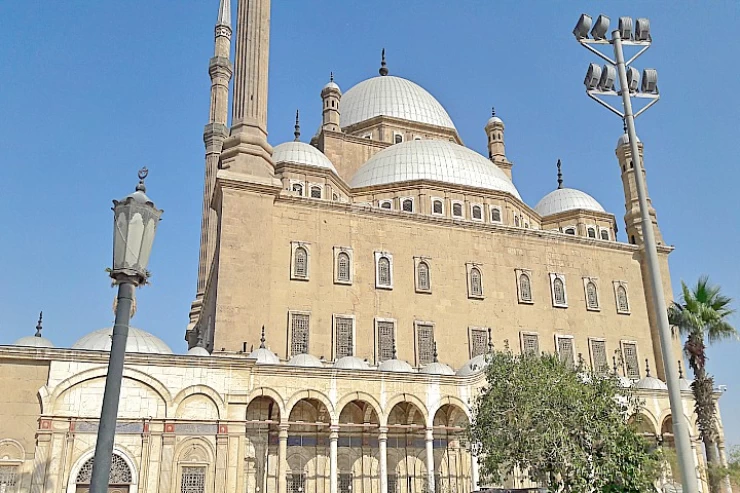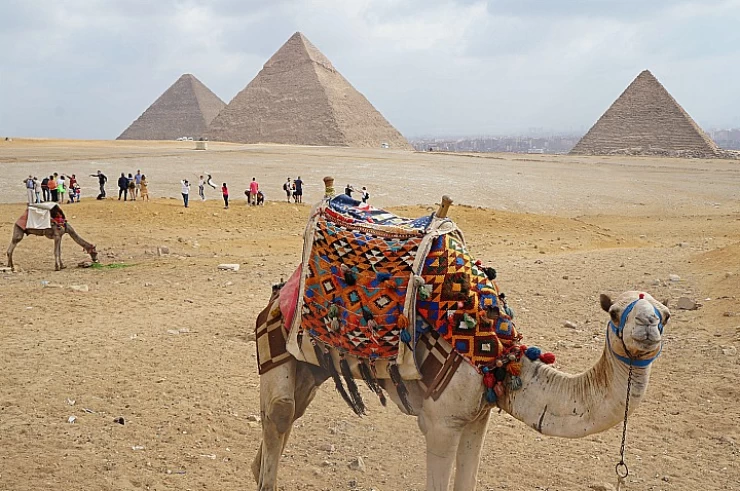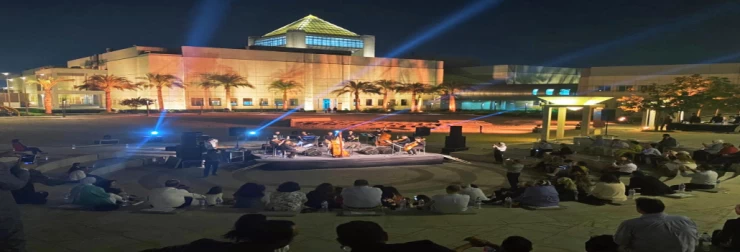
Museum of Islamic Art
Museum of Islamic Art
The Museum is a neo-Islamic style building, perhaps more representative of Islamic Cairo than the center, however, its location makes it easily identifiable for those visiting the center: it is located just 20 minutes walk east of Tahrir Square and, although few tourists include it in their visit program, it is really worth it to see it.

Tahrir Square
The interpretation of a Koranic precept that forbade to depiction of Allah (God) led Muslims to abolish the representation of the body and exceptional refinement in floral, geometric, and epigraphic decorations, applying the motifs with lively imagination in the processing of the most varied supports: wood, glass, metal, stone, fabric, ceramic, bone and paper, widely represented in the museum.
The core of the collection is made up of fragments removed from mosques and other monuments in Cairo and brought together at the end of the 19th century, to prevent them from being stolen by European treasure hunters. The objects were first collected in the El-Hakim Mosque, until 1902, when a museum was specially created on the ground floor of the then building the National Library.
The most extraordinary objects are the large mashrabiyya, made from thousands of individual pieces of wood. Still present in many old buildings, they were used to shelter the rooms from the sun and at the same time allow a light breeze to enter. These particular curtains then allowed the housewives to look out without being seen.
The museum houses other examples of creative carpentry from the city's mosques, including huge ivory inlaid doors, carved friezes, and a refined 15th-century pulpit.
The museum's three ornamental fountains are an excellent example of another specialty of Egyptian craftsmanship inlaid with stone and marble. These objects, dating back to the Mamluk and Ottoman periods, adorned the reception rooms of the houses of wealthy merchants. Also of great value are the lamps in enameled glass, which were hung with special chains on the ceilings of the mosques, and decorated with stylized Arabic letters.
Other objects in the museum's collection include Turkish ceramics and shutters, manuscripts, and miniature books, and the inevitable rugs and tapestries.


















